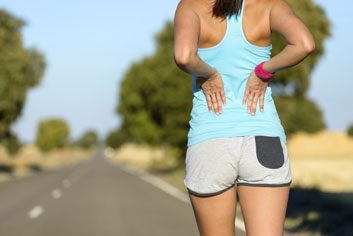
1. Hurts so good
You might think of the aches you feel after exercising as “good pain”-a virtuous reminder that you’re working hard to keep your body in shape. The problem is that even “good pain” is uncomfortable and can interfere with your everyday activities. We turned to the experts to find out why our muscles ache after exercise-and what we can do to ease the hurt.
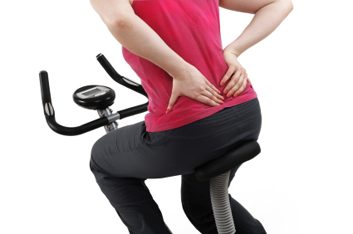
2. Why we feel pain after exercise
The stiff, achy sensation you feel 24 hours or more after exercising is know as delayed onset muscle soreness (DOMS), says Dr. Janice Harvey, director of primary care sport medicine at McMaster University’s David Braley Sport and Orthopedic Rehabilitation Clinic in Hamilton, Ont. DOMS is the result of injury to your muscle fibres caused by excessive or new exercise. “The tiny tears signal the immune system to release white blood cells to start the repair process. The white blood cells release chemicals and enzymes, which are thought to be the cause of the resulting muscle pain,” Harvey explains.
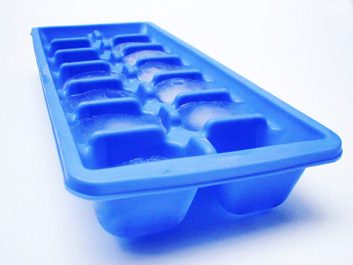
3. Natural treatment for muscle pain
Rest
“In case of temporary muscle pain without much swelling, resting the injured area for a few days may help prevent further injury,” says Jas Parhar, a Toronto-based pharmacist.
Think of muscle pain as your body’s way of saying you need a time-out. Taking a short break from your workout will give your muscles time to heal.
Ice, then heat
Reach for an icepack in the first 72 hours after an activity that led to muscle pain, Harvey advises. Cold has analgesic (pain-relieving) properties that will help soothe your aches. Later, apply heat to your muscles to warm them up before and activity, and then apply ice afterward to cool muscles down if they’re feeling uncomfortable.
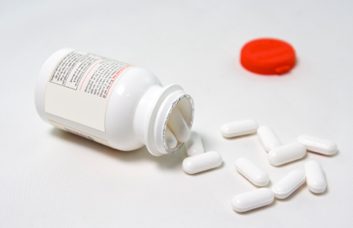
Over-the-counter (OTC) pain relievers
When rest and ice aren’t enough to ease your muscles, you may want to turn to a common pain-relief medication. “These drugs alone or in combination can provide effective relief of musculoskeletal pain,” says Parhar. Here’s a breakdown of your choices:
• Ibuprofen (Advil) and acetylsalicylic acid (Aspirin) both have anti-inflammatory properties, which may be effective in relieving or even preventing muscle pain, says Harvey.
• Acetaminophen (Tylenol) is not an anti-inflammatory medication, but it does have pain-relieving properties. As well, this medication has “less gastrointestinal side effects than [ibuprofen and ASA] and is considered safer to use in the elderly or others who have intestinal problems,” Harvey explains.
• Topical pain treatments (RUB A535) are applied directly to the skin to relieve aches and pains. These gels and creams often contain ingredients such as menthol, methyl salicylate and capsaicin (the oil that gives peppers their spice), to soothe muscles from the outside in. Topical pain relievers may reduce the risk of side effects associated with some oral medications, but you should still use caution when applying them and avoid using any treatment if your skin is broken or irritated, Parhar warns.
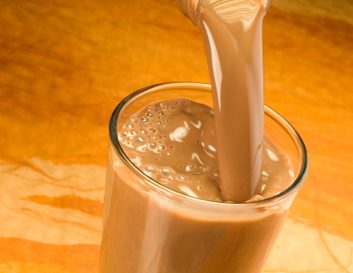
Preventing muscle pain
DOMS may be a fact of exercise life, but there are a few steps you can take to reduce exercise-induced pain.
• Prepare a post-workout snack. “There is new evidence that consuming a mix of carbohydrates and protein in the post-exercise period is helpful [for easing muscle pain]”, says Harvey. She suggests drinking 500 mL (2 cups) of chocolate milk or munching a bowl of cereal such as Vector and milk after exercising.
If you’re trying to tone up, learn what five types of food will help you build and maintain lean muscle.
• Work up to new workouts. “Before taking on a program that is intense or has a lot of eccentric (muscle contraction while lengthening) exercise in it, do some preparation training with similar activities like walking down stairs [to help you build] up to jogging downhill,” Harvey advises.
• Don’t take meds preemptively. Though it may be tempting to down a few pain-relievers before a grueling workout, Parhar advises against it. “The use of pain relievers before exercise should be avoided since they may mask the symptoms of the underlying musculoskeletal injury, which may lead to overexertion and further damage,” he cautions.

When to seek medical help
It’s normal to feel some mild discomfort after vigorous physical activity and it should subside within 24 to 72 hours, says Harvey. However, if you feel severe pain during an activity or your aches haven’t cleared up within a week, it’s time to seek medical help. “It is important to understand the underlying cause of the chronic muscle pain, since continuous overexertion can lead to long-term damage to the injured area. A physician should be consulted to ensure correct diagnosis and appropriate therapy,” Parhar adds.
Related:
• Natural home remedies: Muscle cramps
• 6 gym-bag essentials
• How to make exercise a habit
